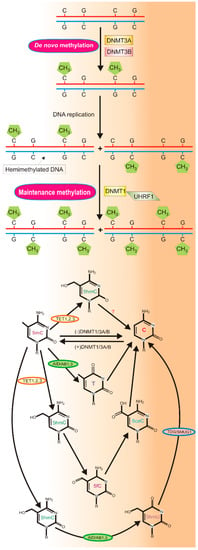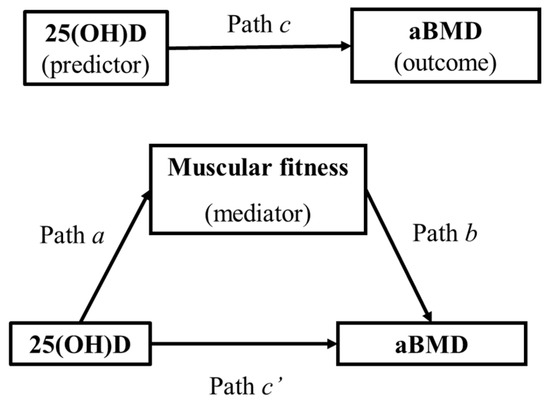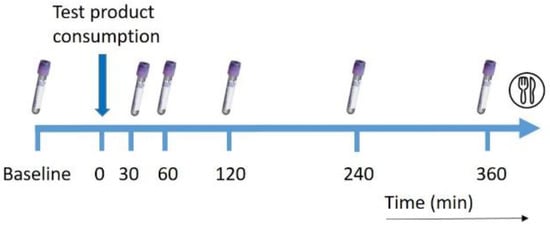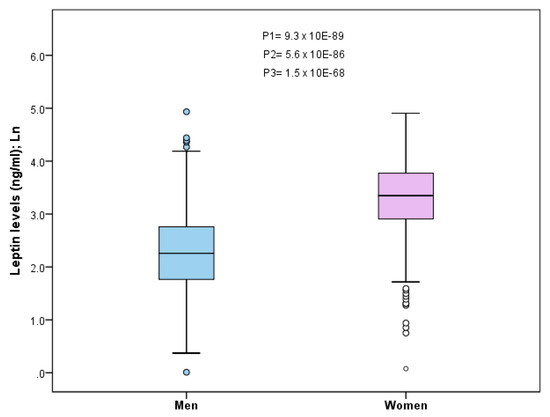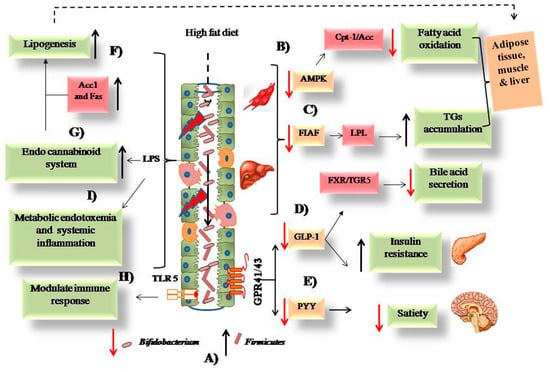Nutrients 2019, 11(11), 2763; https://doi.org/10.3390/nu11112763 - 14 Nov 2019
Cited by 39 | Viewed by 7715
Abstract
Migraines are a common disease with limited treatment options and some dietary factors are recognized to trigger headaches. Although migraine pathogenesis is not completely known, aberrant DNA methylation has been reported to be associated with its occurrence. Folate, an essential micronutrient involved in
[...] Read more.
Migraines are a common disease with limited treatment options and some dietary factors are recognized to trigger headaches. Although migraine pathogenesis is not completely known, aberrant DNA methylation has been reported to be associated with its occurrence. Folate, an essential micronutrient involved in one-carbon metabolism and DNA methylation, was shown to have beneficial effects on migraines. Moreover, the variability of the methylenetetrahydrofolate reductase gene, important in both folate metabolism and migraine pathogenesis, modulates the beneficial effects of folate for migraines. Therefore, migraine could be targeted by a folate-rich, DNA methylation-directed diet, but there are no data showing that beneficial effects of folate consumption result from its epigenetic action. Furthermore, contrary to epigenetic drugs, epigenetic diets contain many compounds, some yet unidentified, with poorly known or completely unknown potential to interfere with the epigenetic action of the main dietary components. The application of epigenetic diets for migraines and other diseases requires its personalization to the epigenetic profile of a patient, which is largely unknown. Results obtained so far do not warrant the recommendation of any epigenetic diet as effective in migraine prevention and therapy. Further studies including a folate-rich diet fortified with valproic acid, another modifier of epigenetic profile effective in migraine prophylaxis, may help to clarify this issue.
Full article
(This article belongs to the Special Issue Nutrition and Epigenetics)
►
Show Figures
